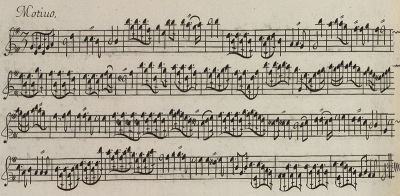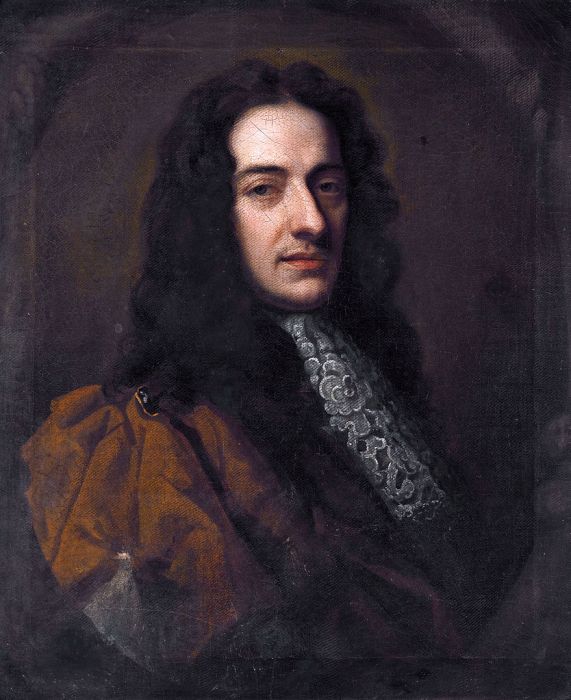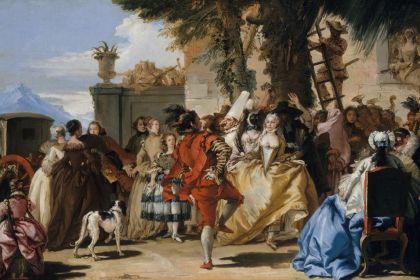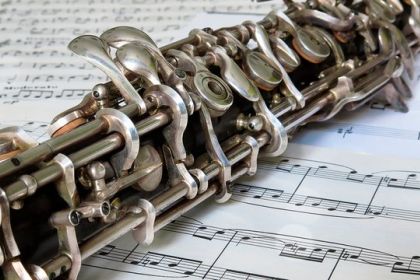Violin
A spice of Italy, delivered to London by Nicola Matteis, edged out the French dance fashion from violin music

Ayrs For the Violin by Nicola Matteis
One of the first pieces of evidence of Italian invasion during the Baroque period in England is Ayrs for the Violin—the 4-volume book of solo and accompanied works for violin published by Nicola Matteis between 1676 and 1685. Reprinted several times in later years, the edition contains not only his compositions but also educational tips for performing techniques on the violin.
Unfortunately, all information about Nicola Matteis' life is limited to only a few references in the diaries of his contemporaries and a couple of facts shared by the composer himself in his book.
In Ayrs for the Violin, Nicola Matteis mentions that he was born in Naples which is the only known detail about his pre-English period. However, even the fact of his birth-place has not been confirmed by researchers working in the Neapolitan archives. In the early 1670s, the composer arrived in London with the support of one merchant who introduced Matteis to aristocratic circles and also advised him to involve gentry in his recitals.
Dating to 1674, the earliest mention of Nicola Matteis comes from the diary of the English writer John Evelyn in which he praised the composer's virtues:
"That stupendious Violin Signor Nichola (...) whom certainly never mortal man exceeded on that instrument, he had a stroak so sweete, made it speaking like the Voice of a man and when he pleased, like a Consort of severall Instruments: he did wonders upon a Note: was an excellent Composer also. Nothing approched the violin in Nichola's hand: he seemed to be inspired and played such ravishing things on a ground as astonishd us all."
Matteis arrived in England at a time when the predominant style of violin music was still the mostly French-inspired dance music. In contrast to that, the Italian style introduced a completely new dynamic and emotional weight. This is how Roger North, an English biographer and amateur musician, describes the influence of Nicola Matteis:
"As a gratefull legacy to the English nation, [Matteis] left with them a generall favour for the Itallian manner of harmony, and after him the French was wholly layd aside, and nothing in towne had a relish without a spice of Itally."
It seems that the composer’s career was going rather well, both in concert activities and publishing royalties, allowing him to take "a great house" and, after the mode of his country, to live "luxuriously." The fact that his portrait has been painted by Sir Godfrey Kneller, who was at that time one of the most important portrait artists in England, also testifies to the welfare of Nicola Matteis.
Nicola Matteis by Godfrey Kneller:


Even the approximate date and place of the composer's death is disputed, but researchers agree that after moving to England Nicola Matteis never left it.
Listen to Nicola Matteis' Diverse bizzarie sopra la vecchia sarabanda o pu ciaccona performed by The Palladian Ensemble:



